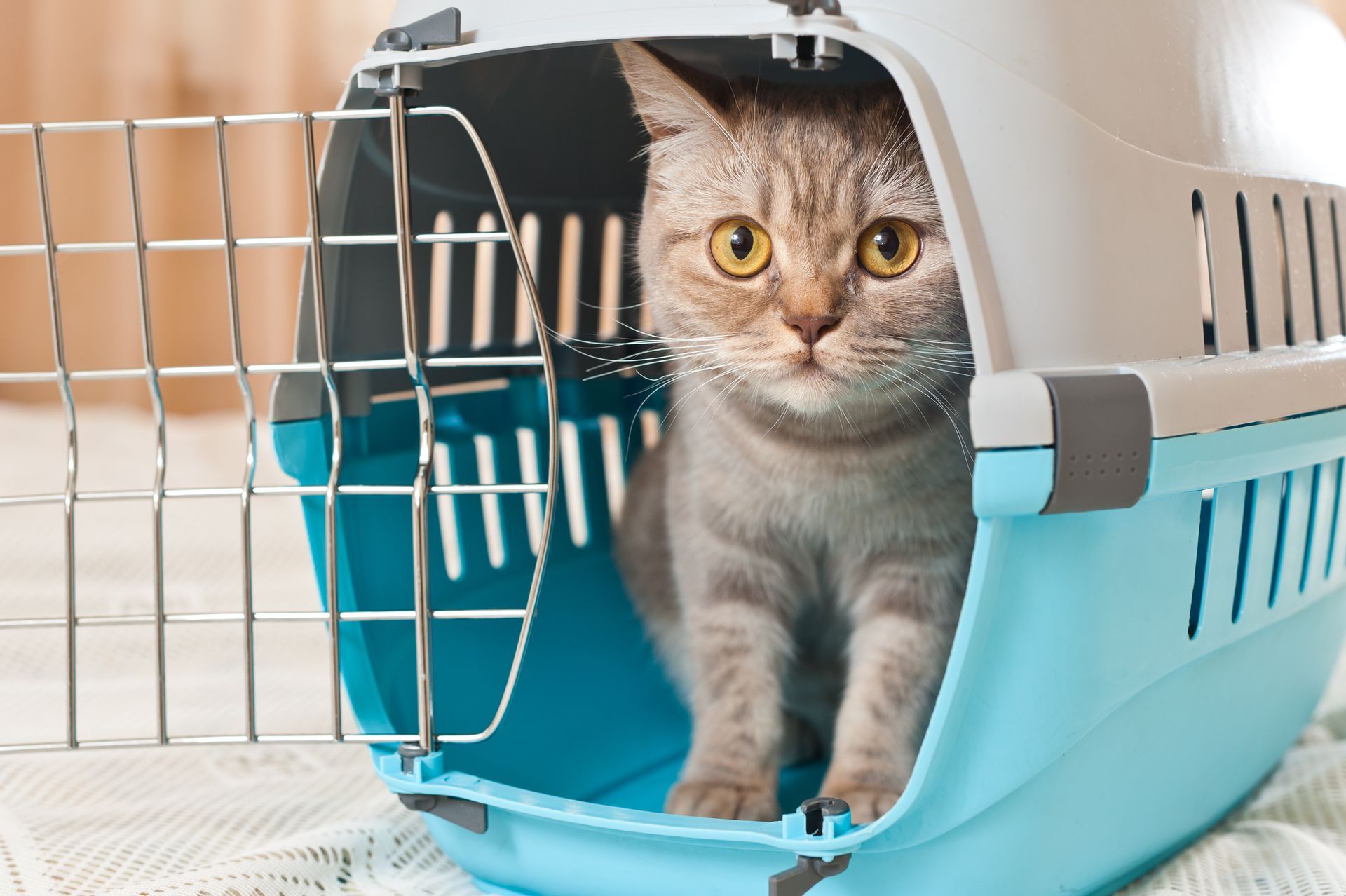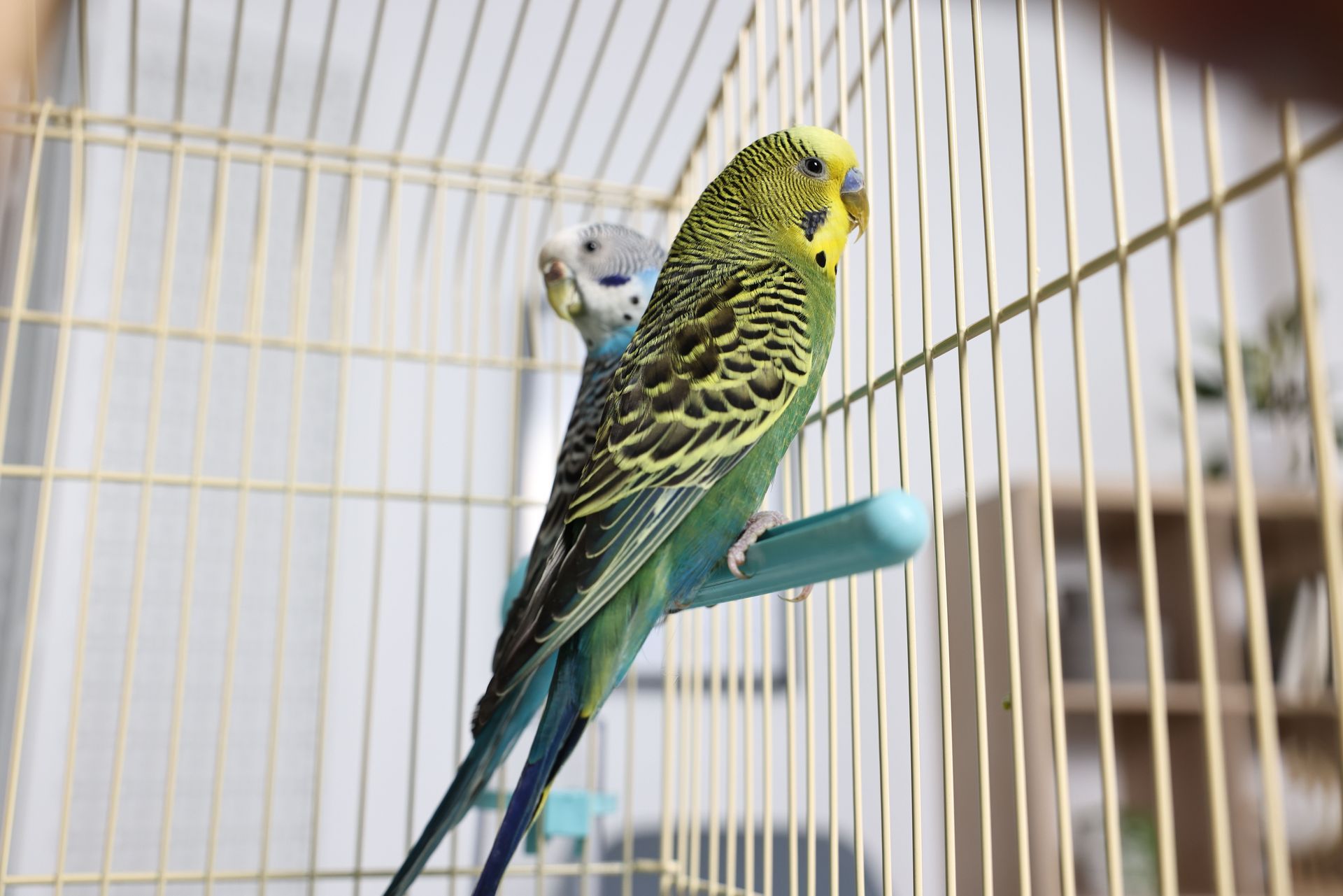
Moving With Cats
Moving with your cat doesn’t have to be stressful or overwhelming. With a calm approach and a few simple steps, you can make the move safe and comfortable for your feline friend. Your pet depends on routines and familiar spaces, so knowing how to keep them relaxed during a transition goes a long way.
At Advanced Moving in Sioux Falls, we understand every move is unique—especially when you have pets involved. Setting up a quiet room for your cat at each stage of the move and keeping their favorite toys or bedding nearby can help them feel secure. If you’re looking for practical tips and real insights, you’re in the right place—let’s help you give your cat the smoothest move possible.
Preparing Your Cat for the Move
Before moving day, you can help your pet feel more secure by building positive associations with their carrier, keeping routines stable, and taking special steps for outdoor cats. Add these tips to your moving checklist to make a stressful situation easier and help nervous cats adjust to change.
Acclimating Cats to Carriers
Getting your cat comfortable with a carrier is essential. Start by placing the cat carrier in a familiar area with the door open. Add a soft blanket and some favorite treats inside to make it inviting.
Encourage your cat to explore the carrier on their own timetable. Try feeding your cat in or near the carrier to create positive connections. Play with them around the carrier to build curiosity and trust.
If your cat is resistant, be patient and avoid forcing them inside. Gradual exposure over several days or weeks helps reduce anxiety. Having your cat comfortable with the carrier will make transport much smoother, as many cats only see carriers during vet visits, which can trigger stress.
Reducing Pre-Move Stress for Cats
Moving can be unsettling for pets. Maintain your cat’s daily routine, including playtime and feeding, as much as possible. Avoid packing all at once; instead, pack a little each day so your cat adjusts to small changes.
Set aside a quiet space where your cat can retreat as packing progresses. Placing their litter box, food, and toys in this room helps them feel safe and keeps their environment predictable.
It’s also a good idea to keep your cat’s favorite items nearby on moving day. This might include a familiar bed or a piece of your clothing. Minimizing disruptions in their schedule goes a long way toward making this less stressful for cats.
Managing Outdoor Cats Before Moving
If you have outdoor cats, plan ahead to help them transition. Bring them indoors several days before the move to avoid losing them during the chaos. Create a safe, comfortable indoor space with bedding, food, and water.
Gradually increase the time your outdoor cat spends inside leading up to moving day. This helps them adapt and reduces attempts to escape. Double-check that all doors and windows are secure—nervous cats may try to dart outside.
Microchipping and collar ID tags give extra peace of mind in case your pet makes a dash during the move. Helping outdoor cats become accustomed to indoor living helps prevent problems when settling in at your new home.
Safe and Comfortable Travel With Cats
When you’re planning your move with your cat, it’s essential to make sure they feel secure and stay as calm as possible. The right carrier, a few smart travel tips, and proper planning for long trips go a long way in reducing stress and keeping your cat comfortable.
Choosing the Right Cat Carrier
Pick a sturdy cat carrier with secure latches and good ventilation. The carrier should be large enough for your cat to stand, turn around, and lie down comfortably, but not so big that your cat feels unsafe during travel.
For extra security, choose carriers with doors on both the front and top. Soft bedding inside, like a favorite blanket or towel, helps your cat feel at home and absorbs any accidents on the road. If your cat isn’t used to the carrier, leave it out in your home for several days before the move and place treats, food, or toys inside to encourage familiarity.
When moving with us at Advanced Moving in Sioux Falls, we always recommend labeling your carrier with your contact information and your cat’s name. Keeping a familiar scent near your cat reduces stress and keeps them calm.
Travel Tips for Nervous Cats
Nervous cats need extra patience and reassurance, especially in a stressful situation like moving. Before your trip, help your cat get accustomed to car sounds by taking short practice drives around your neighborhood, gradually increasing the length of each trip.
Covering the carrier with a light blanket can help minimize outside sights and reduce noises, creating a calm environment during transport. Bring your cat’s favorite treats and a familiar toy to keep them distracted and provide a comforting routine. Talk to your veterinarian about possible calming products, like synthetic pheromone sprays or anxiety wraps, if needed.
Always avoid opening the carrier during stops to prevent accidental escapes; that’s one moving day mistake you really don’t want to make.
Guidelines for Long-Distance Moves
For moves that last several hours or even cross-country, good preparation is crucial. Bring enough food, bottled water, and a portable litter box. Lining the bottom of your carrier with absorbent pads will help manage messes during the drive.
Make sure your windows are closed, as loud road noise can add to your cat’s anxiety. When staying at a hotel, keep your cat inside their carrier or in a small, secure room until they settle in. Take regular breaks to check your cat’s comfort, but avoid letting them out anywhere that isn’t completely secure.
If your move is especially long, flying with your cat in the cabin is often less stressful than a long car ride, especially if your cat is not used to lengthy travel.
Helping Your Cat Adjust to a New Home
Moving to a new home can be a stressful situation for cats and their owners, but careful preparation can make a big difference. By giving your pet a safe introduction, maintaining familiar routines, and providing comfort, you help reduce their anxiety and help them settle in faster.
Setting Up a Safe Space
Create a quiet, comfortable area in your new home where your cat can adjust privately. Choose a small room with a door like a bedroom or bathroom. Set up their litter box, food and water dishes, and favorite bedding and toys.
Limit your cat’s access to the rest of the house at first. This prevents them from feeling overwhelmed and keeps them safe while they explore gradually. Let your cat come out of their carrier at their own pace—don’t rush them.
Check the room for any hazards or escape routes before letting your cat out. Familiar scents and objects, such as a favorite blanket, offer comfort and help your cat feel more secure as they settle in. Moving with cats safely also means ensuring your new space is escape-proof, especially for indoor pets.
Gradually Introducing New Surroundings
After a few days, allow your cat to start exploring other parts of the new home. Open the door to their safe space and let them choose when to venture out. Some cats are curious and quick to explore, while others may need more time before feeling ready.
Let your cat discover their new environment in short, controlled increments. Avoid loud noises or sudden changes that might increase their stress level. If possible, keep windows and doors closed during this early stage to prevent accidental escapes.
You might notice hiding or cautious behavior at first. This is normal. Encourage your cat gently with treats or toys, but let them set the pace. Products like calming pheromone sprays can be helpful for particularly nervous cats, as described by veterinarians.
Reestablishing Routines After Moving
Maintain a consistent schedule for feeding, play, and attention. Cats are creatures of habit, so keeping mealtimes and play sessions as close to your old routine as possible helps reduce stress.
Continue using their usual food dishes, litter box, and sleeping spots. Familiar items provide comfort when everything else may seem new and unfamiliar. Be patient during this adjustment phase—it’s normal for your cat to hide or act differently for several days or even weeks.
Stick to your regular interactions and offer extra affection if your pet wants it. Gradually, your cat should start to regain confidence as your new routines become established.






